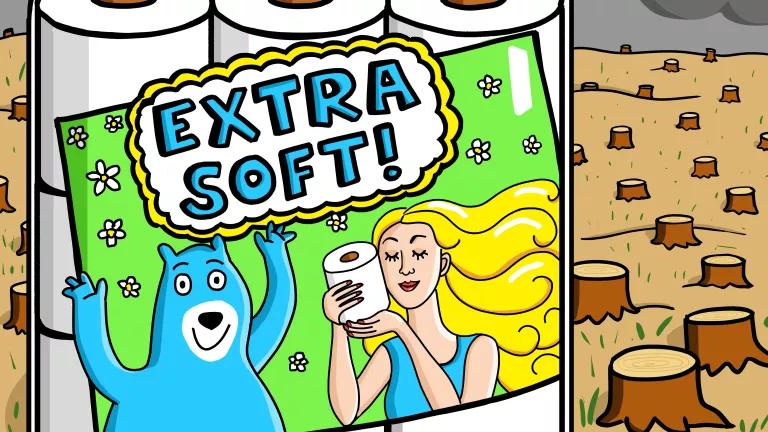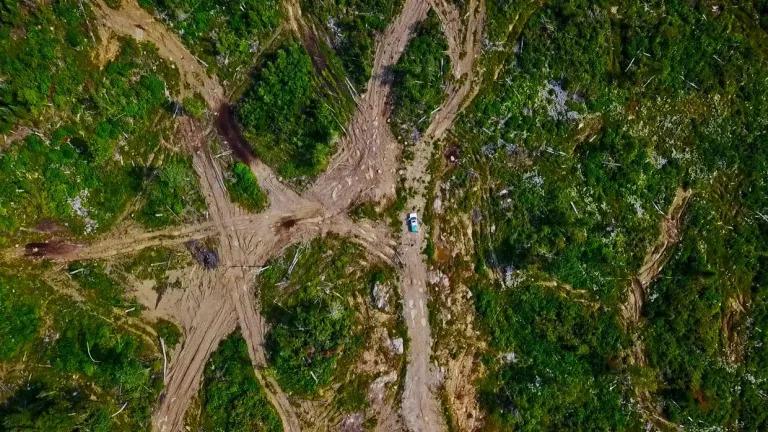Protecting Chihuahuan Grassland Habitat of Migratory Birds

Rick Bohn/USFWS
As temperatures in the Northern Hemisphere drop, millions of birds—representing over 30 percent of the bird species in the United States—are migrating to warmer lands in Latin America and the Caribbean. Protecting these migratory species requires conserving their critical habitat in the United States, as well their migratory routes and wintering grounds along the Western Hemisphere. The interconnectedness of our planet is why NRDC has long worked with local partners in the region to protect Latin America’s extraordinary natural treasures—places without which our world and its spectacular biodiversity would no longer be the same. Today we are thrilled to share our new Story Map highlighting one such place: the Chihuahuan Desert Grasslands. This new interactive map offers a look at the stunning landscapes that shelter migratory birds and other species, the threats this region faces, and the types of solutions that can help preserve this critical habitat for wildlife and local communities.
The Chihuahuan Desert, which spans northern Mexico and the southwestern United States, is one of the most biodiverse arid regions in the world. This ecoregion includes thirteen of North America’s grassland priority conservation areas. Despite receiving less than 10 inches of rain per year, this ecologically rich region shelters 500 bird species, 130 mammal species and 3,000 plant species. NRDC’s Story Map focuses on two priority areas: the Janos and Valles Centrales regions in Mexico’s Chihuahua State. Together these grasslands support one of the highest diversity of migratory bird species in the Chihuahuan Desert, including the Baird’s sparrow, Chestnut-collared Longspur, and Sprague’s pipit, as well as endemic species like the prairie dog and bison. In addition to providing critical species habitat, grasslands also store significant amounts of carbon in their roots, making their preservation an important climate solution.
In the Story Map, we explore how the combined weight of multiple threats are impacting this fragile ecosystem. From cattle overgrazing to meet export demand from the United States to the introduction of invasive plant species and the conversion of grasslands to cropland, the region is at risk of a radical transformation. As a stark example: the Valles Centrales region lost nearly 70,000 acres of grassland to agriculture between 2006 and 2011, a 6 percent annual loss. At this rate, all grasslands in the region could be lost by 2025. This poses a major risk for “grassland specialist” bird species. In the last four decades, grassland bird populations have experienced a steeper decline than any other group of bird species in North America.
Extended drought driven by climate change is also altering the Chihuahuan grasslands. Recently, the Regional Cattle Ranching Union of Chihuahua (UGRCh) warned that the lack of rain in 2018 resulted in a 30 to 40 percent grassland deficit as compared to the past two years and the drought was expected to continue in 2019. Unsustainable water use poses yet another threat. Twenty-three percent of the aquifers in this arid region are already over exploited and continued land clearing makes it increasingly difficult to recharge groundwater supplies.
The good news is the types of solutions that can help prevent and halt the threats to Chihuahua’s grasslands, biodiversity and communities are well known. These solutions include transitioning to more sustainable water management and grazing practices. In fact, some local ranchers and organizations are already working to conserve the Chihuahuan Desert Grassland. By practicing rotational grazing, they are regenerating their lands by helping to enrich the soil and preventing it from becoming compacted.Treated wastewater for artificial groundwater recharge is also an effective way of supplementing water withdrawn from receding aquifers. This is done successfully in regions that experience similar challenges with groundwater depletion, including Orange County, California and Tel Aviv, Israel. Studies on how to apply this in the Chihuahuan context are underway, but more work is needed to develop the infrastructure to do this safely and sustainably.
Even more action is necessary to protect this critical ecosystem. We hope that this Story Map, with its visual representation of just what’s at stake, will help both celebrate the extraordinary Chihuahuan landscapes and raise awareness about the need to protect this natural habitat and its water resources for generations to come.




